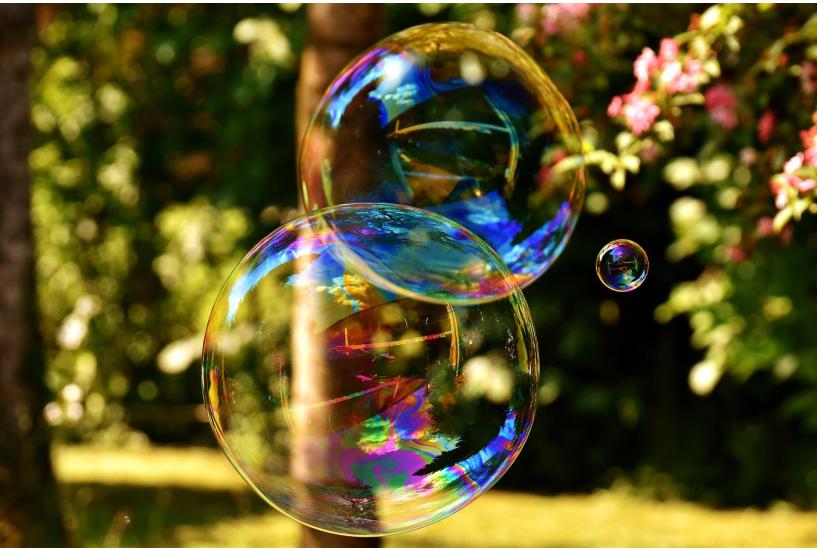Who Are the Sensitives?
by Bertold Keinar, author of Empowering Practices for the Highly Sensitive
Highly sensitive people don’t really need anyone to tell them “who sensitive people are”. They don’t need any definitions from third parties (I say “they”; I mean “we”). We just know we feel too much from our surroundings, from the people around us, from the emotions of others, from the present and the past . . . and we cannot put all this information in order. It leaves its imprints on us, sometimes for a long time; and too many imprints cloud our nature. They are like impressions, we tend to act upon them.
Sensitives feel too much, both within ourselves and from outside. We are empaths. Strange ability—it seems to have no use in Western society. But in fact it does have a use for us; it is a very important tool. I believe too that intuition and sensitivity is the future and will one day be a requirement for some professions.
The only way to figure out why this tool is so important for you is to learn from living with it. Live with it when it is balanced and when you are in balance, and it is serving your path and the people around you. After you learn to use it, you will not think that “too much feeling” exists. So it is important to first learn about it and how to balance it. That is why I wrote my book Empowering Practices for the Highly Sensitive.
In Western society, people live in the left side of their brain. The left side is about analyzing, calculating, dismantling, and assembling. It is linear and limited. The symptoms when we are unbalanced and live life too much like this include feeling overwhelmed by negative emotions, getting obsessive over things, and going unnecessarily deep into things.
Living the “left-sided” life as a sensitive person makes this situation even worse. It goes against the nature of the balance in which sensitives have to stay, and their sensitivity towards other people’s feelings and emotions makes them an easy “target”. It is hard work having to deal not just with your own survival emotions (blown out of proportions by the left side of the brain) but also with all the other people close to you.
Just think briefly of someone you know—someone in your family, a child, a sexual partner, a friend; someone who lives with you, or someone you see every day at work. Did you feel it? The feeling that came up in you while reading the last few lines? With people who have caused you some sort of trauma, even on a small scale, when you think of them, the memory comes into your consciousness as a reflection of the trauma.
Sensitive people “recollect” the feeling of others’ energies; so they recollect the feeling of a person with not-pleasant energies just by thinking of them. These people become an association to the trauma or negative event. This is the negative side of being an imbalanced sensitive person.
The tricky part is that from the moment you get the negative emotions there is no coming back. You either wait long enough for it to sink in, or make a huge effort to convince yourself that there is nothing to be afraid of or worry about. Negative emotion is very hard to get rid of (I say emotion for the sake of simplicity; it includes thoughts as well).
But the good news for you is that it is possible; and actually very easy, if you know how.
Remember how our Western society develops only one side of the brain? And how it gets in the way of us finding balance? Here are some more examples.
We have two hands and two eyes. Most of us use one hand as a dominant hand; and the same for the eyes. What hand do you hold things with, such as a book or your phone? You probably always hold things with the same hand, your dominant one. Our imbalance is part of our habits.
What is the solution? Start engaging your other, non-dominant hand in your daily life; gradually give it more “responsibilities”. Use it for brushing your teeth, washing the dishes, opening doors, and so on. Keep redirecting more actions to the non-dominant hand until all that is left for the original dominant one is handling knives and writing. When you feel confident enough, start using the hand for cutting bread and vegetables. But do it slowly!
It is interesting to observe, when you switch hands, how you will still try to apply your old thinking approach. But with time, you will see how the “new” hand uses other patterns of thinking and doing things rather than always taking the linear, step-by-step option. It is fun. You will like it.
As for the eyes, what do we know from school? We learned that two eyes are needed to see in dimensions, to see depth. But what do we look at all day? Screens, tablets, “smart” phones, TVs, books, but all are FLAT. What happens when we look at flat objects all day? We develop a “dominant” eye and a “lazy” eye. And it is not just the flat objects that we look at all day, it is also the constant concentration of the eye; we concentrate on dots, small symbols. Where is the other side? The unfocused vision?
The eyes, actually, are more important for balance than the hands. Hands balance the two hemispheres of the brain, eyes activate the pineal gland, which is responsible for the whole balance of the bodies and energies. When your eyes are not used properly, your pineal gland stops fulfilling most of its balancing operations.
In yoga, for instance, when we do asana (postures) we balance the previous asana with a compensating or complementary one. Our inhales and exhales are equal—breathing is rhythmic and balanced. We are calm and relaxed but the flow of the energy through our four lower bodies is strong again, balanced.
Eye-Balancing Exercise
Thumb-watching to Activate the Pineal Gland
Time and duration
Do it as much as you can; it is a short exercise, only needing 2–3 minutes (or longer, if you wish). But don’t overload the eyes; do it gently and gradually. Do it before bed.
What to do
Look at your thumbnails, the left eye looking at the left nail and the right eye at the right. You can put something attractive on the nail to make it easier for the eye to lock onto the nail—red erasable marker, a small sticker—whatever you like, you get the point.
How to do it
Make a fist, leaving your thumbs up; now put them next to each other so the thumbnails face you. Bring them close enough to the face so you can effortlessly look at each nail with the corresponding eye (left at left, right at right).
After a while, when you feel ready, start moving the hands away from the face, slowly. Keep the eyes on the nails in the same way. Move the hands away from the face, holding each eye on its spot and focused. When you lose focus or one of the eyes “decides” to quit the exercise, stop, pull the hands back to the last position at which both eyes looked at their corresponding nail, and start moving the hands away and back towards the face with small movements (back and forth, as if you’re trying to push the limit of the eyes to stay focused on the nails more).
When you feel overloaded or tired, stop the exercise. Return to it after a while or the next day. It is important not to drop the hands but to bring them back together and pull them closer to the face to the position at which the eyes feel relaxed, or even the original position.
Keep moving your hands away (while keeping the eyes on their spots) more and more every time you practice.
As you advance, you will eventually move your hands and stretch your arms out to their maximum stretch. Once you’ve reached this point, start opening the hands out, by moving them in different directions away from each other. Keep each eye on its nail, using the same principle as before: reach the maximum, then go back a bit and make small movements out and in.
After finishing, don’t forget to bring the hands to a comfortable position for the eyes and then end the exercise.
When you move the hands away from each other, a weird field appears. You know when you look at the road on a hot day, you see a moving layer of air? This is very similar to the field that appears between the thumbs.
This field is very important, because when your pineal gland wakes up, it concentrates on this field. Remember this, it is essential. Only as the two eyes get balanced can the third eye wake up. (The third eye and the pineal gland are not the same but are related; I would say cousins.)
What not to do
- Don’t overdo it; don’t overload the eyes. If you feel tired stop.
- Try to have a simple and blank background. Don’t have anything there that can attract the eyes.
- Don’t play with focus. Just move the hands slowly back and forth, away and towards each other. Slowly.
How and when do I know it’s working?
Looking at flat objects imbalances our eyes. One becomes lazy and the other dominant. With time, you will get back to seeing everything in 3D. You will notice that both eyes do their fair share of seeing. Another sign that you are advancing with the exercise is the field that appears between the thumbs. This indicates that the pineal gland is becoming activated, which is a sign of balance.
Why am I doing it?
You are balancing and evenly redistributing the load on your eyes. Gradually, hopefully, you will start using both eyes equally. At some point—very soon if you combine it with other exercises—your pineal gland will wake up. The pineal gland is also a kind of eye and it has a bigger range of sight than both eyes combined.
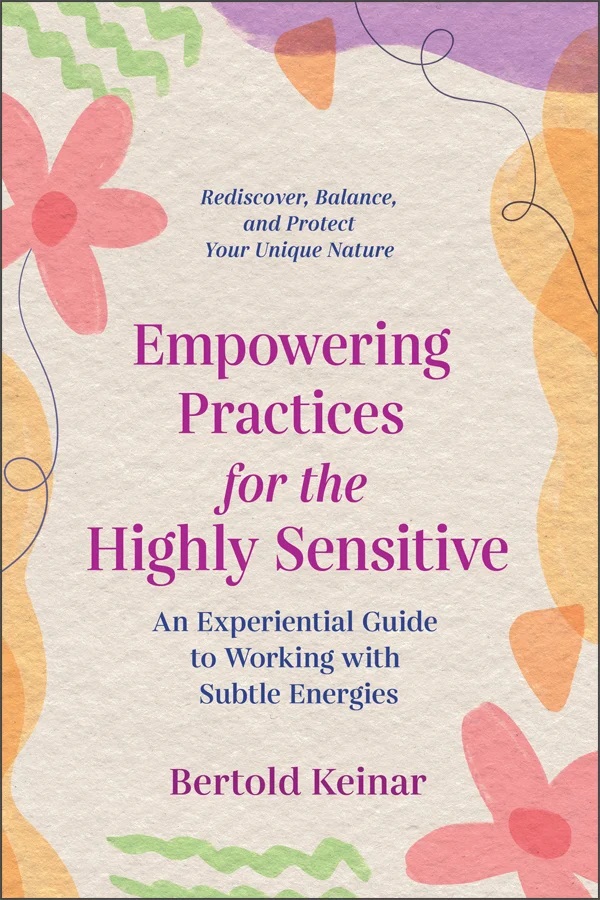 |
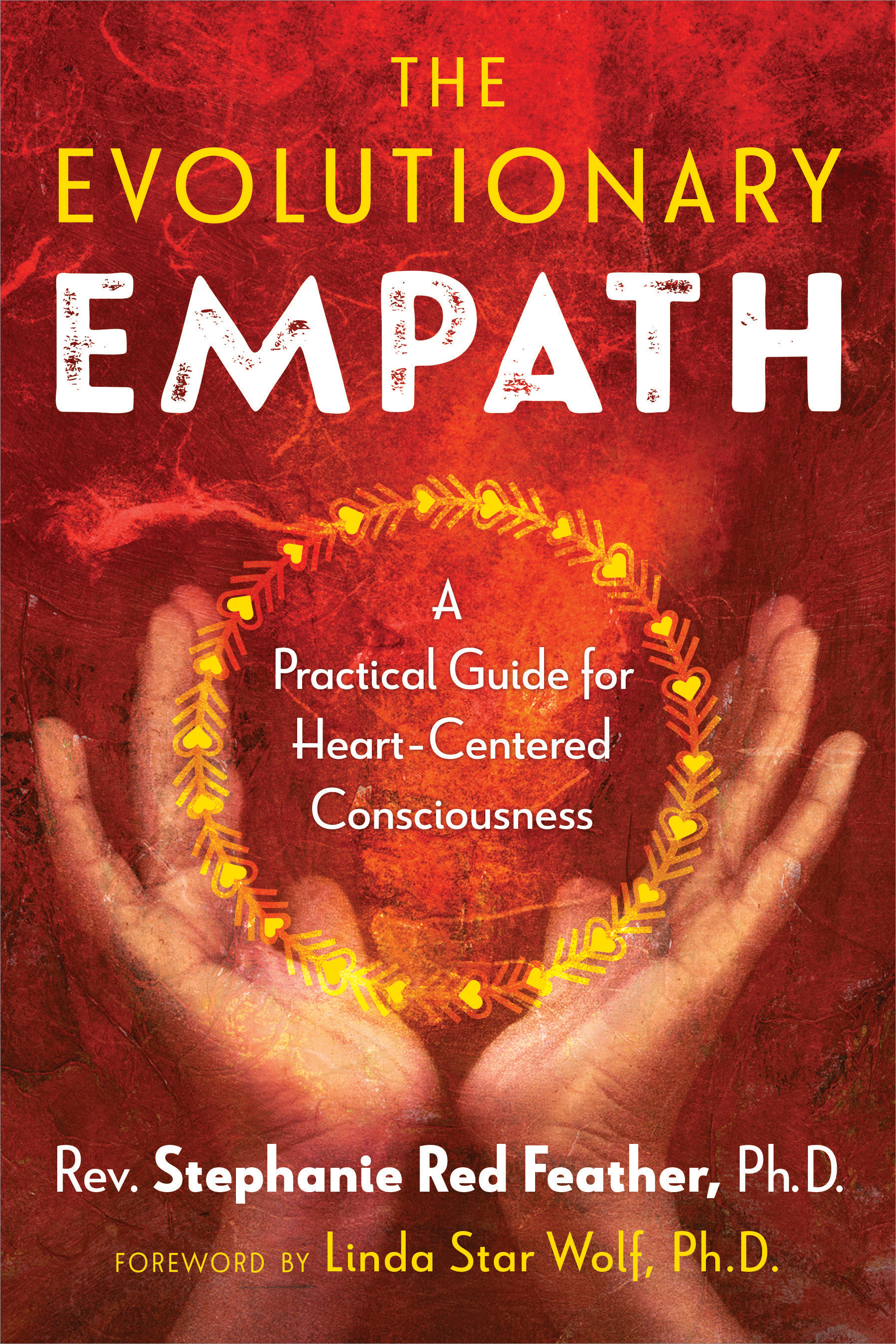 |
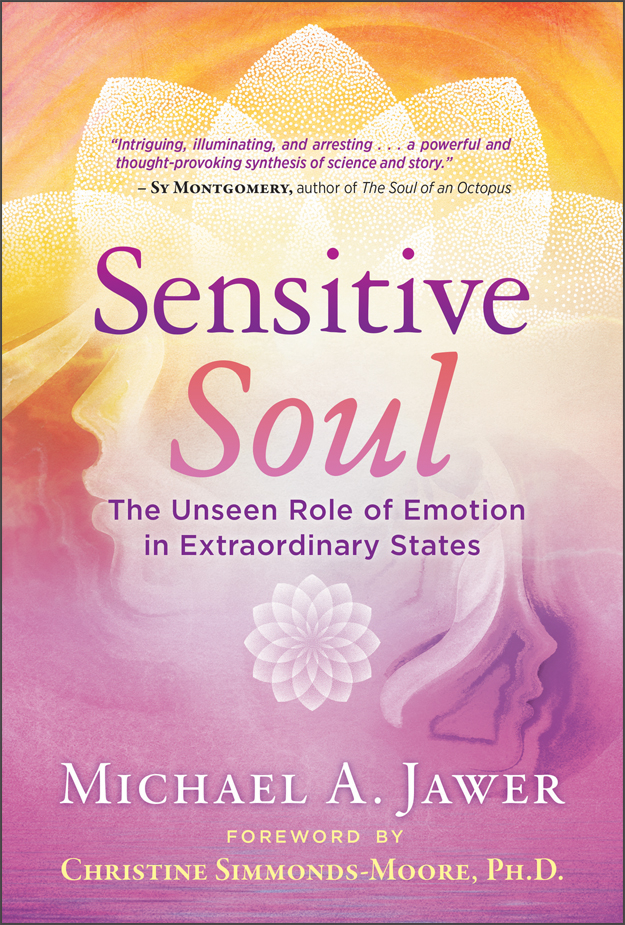 |
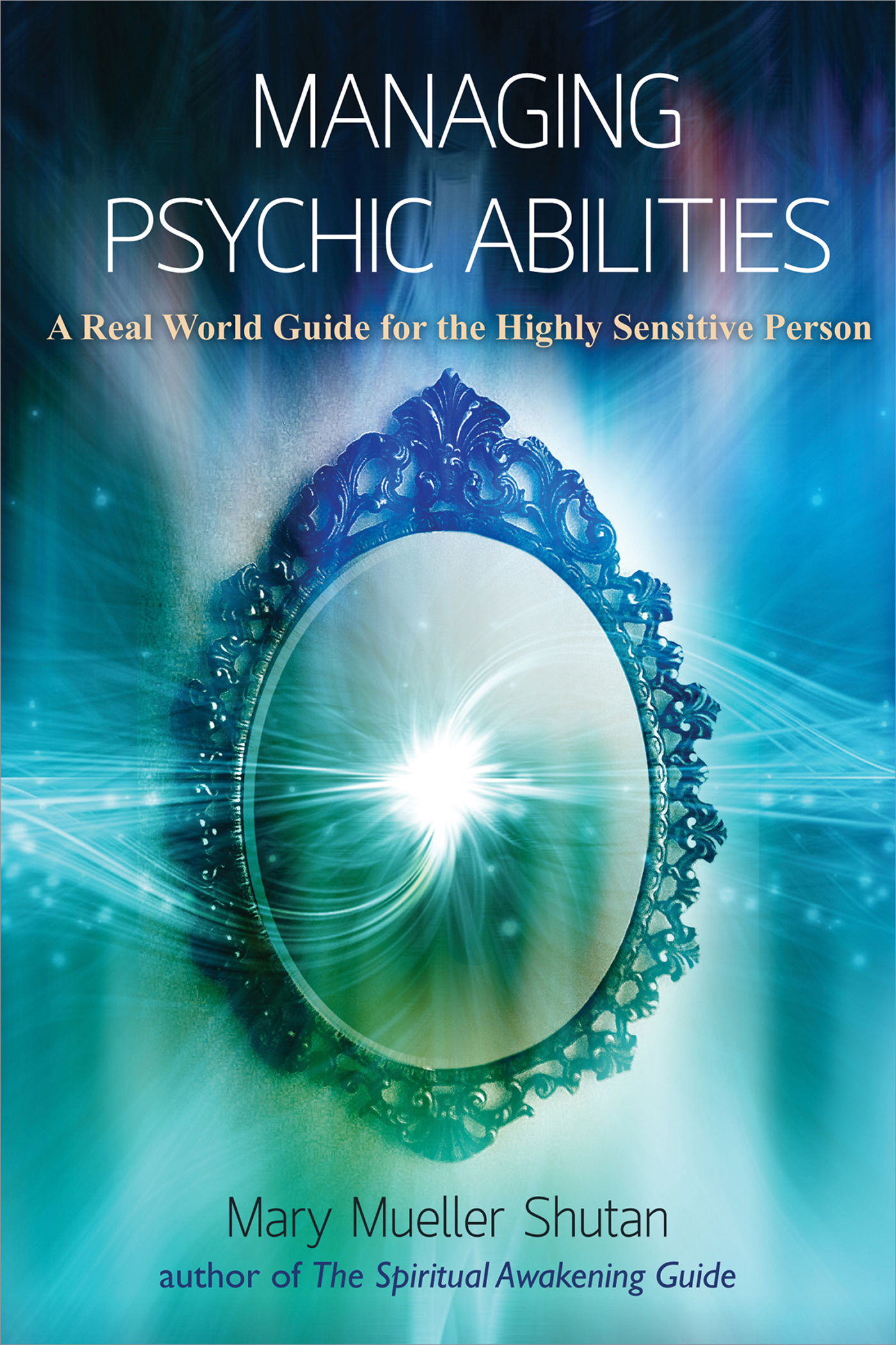 |
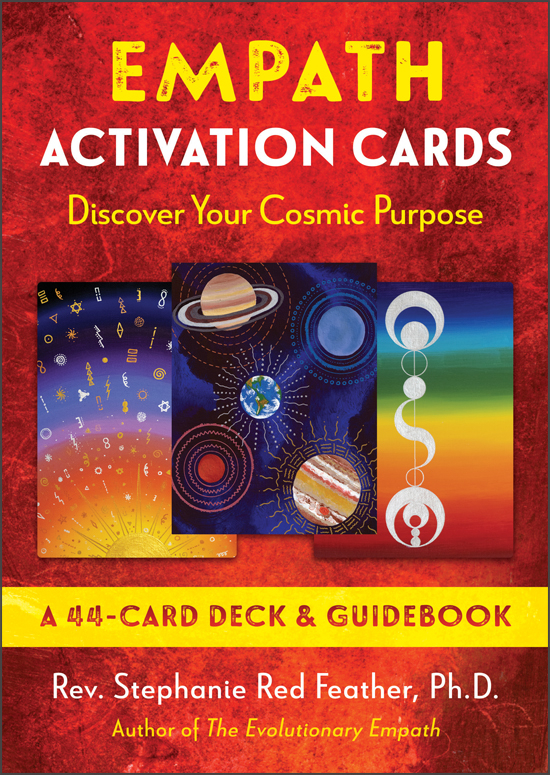 |


